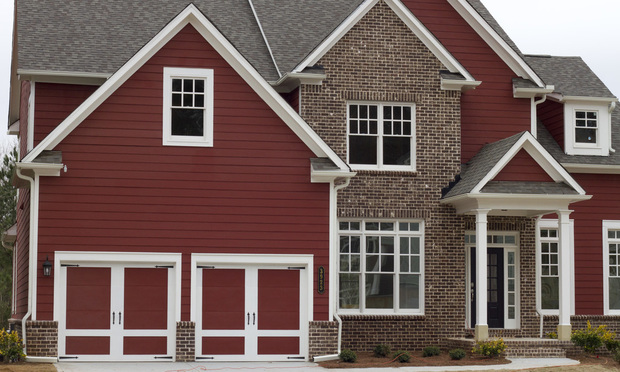When the New Jersey New Home Warranty and Builder’s Registration Act (HOW), administered under the Department of Community Affairs (DCA), was passed in 1977, it was hailed as revolutionary. The Act presented an innovative way to assist buyers of new residential construction struggling with construction defects plaguing many areas of the country, including New Jersey and Pennsylvania. After kicking the tires of the legislation over several years, attorneys and architects are learning that the Act is not the cure-all remedy once thought. Through our day-to-day practices, we have uncovered fundamental unfairness in the HOW program.
What’s in the HOW warranty?
HOW provides warranty recourse for a homebuyer for up to 10 years, with decreasing limits of coverage during the policy term. During the first year, the program provides that the dwelling shall be free from defects caused by faulty workmanship, defective materials, and noncompliance with building standards. In the second year, the program provides warranty coverage for systems related defects, such as faulty installation of plumbing, electrical, and heating and cooling systems. Yet, in years 3-10 of the program, the warranty coverage extends only to “major construction defects,” as defined by the regulations governing the Act. This is commonly referred to as a 2-10 policy.


 John Disney/ ALM
John Disney/ ALM




